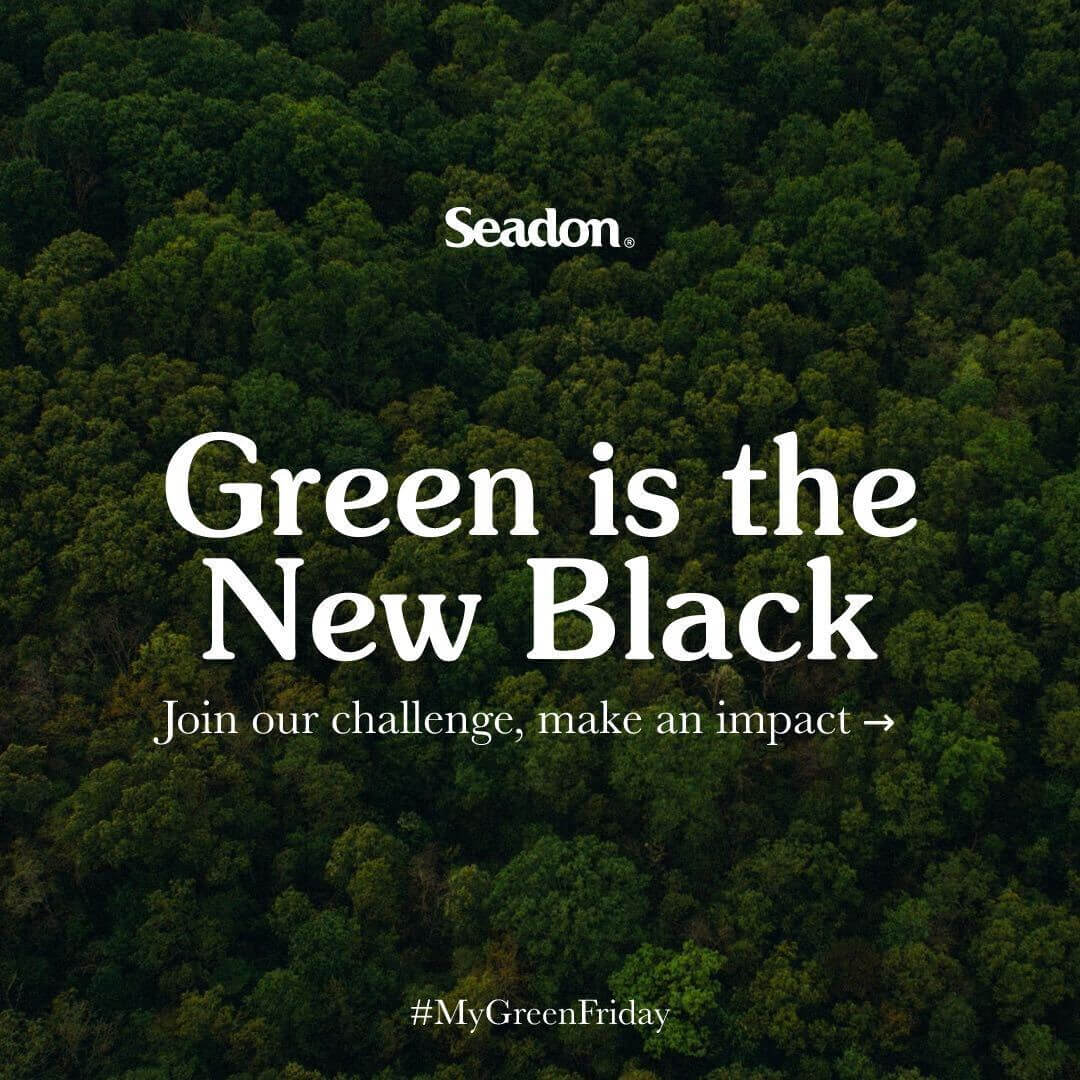Kickstarter is a crowdfunding platform that allows individuals and businesses to launch innovative products and projects. It also lets consumers show their support by backing products and projects that they believe in. Other popular crowdfunding platforms include Indiegogo, GoFundMe, Patreon, and Seedrs with each catering to a different market or niche. For instance, GoFundMe is focused on personal fundraisers, Patreon on supporting content creators, and Seedrs for investing in startups.
Out of all of these, Kickstarter is one of the most popular and established crowdfunding platforms. Since its launch in 2009, Kickstarter has hosted more than 200,000 successful campaigns funded by more than 20 million backers.
But how does Kickstarter work and how can you find and back projects that you are interested in? In this Ultimate Kickstarter Guide, we will cover everything you need to know to become a backer. This includes how Kickstarter works, the pros and cons of backing a campaign, how you can get involved, and explain important terms and concepts.
Let's kick off with a look at how Kickstarter works.
How Does Kickstarter work?
Kickstarter works on a simple crowdfunding principle. Businesses or individuals launch campaigns to fund products or projects with certain funding goals. Backers then pledge money towards these goals in exchange for rewards, like special early access, discounts, or limited editions.
Once the funding goal has been reached, the campaign owners receive the money. However, if they fail to reach the funding target, then backers are not charged. This is called an 'all-or-nothing' model.
Many businesses use Kickstarter to gauge demand for products and to create hype around products not launched on the platform. Kickstarter has strict rules around the transparency of campaigns, and each campaign must be clear and well-defined. This keeps marketers from using the platform solely as a marketing platform without offering backers actual benefits or rewards.
Benefits of Backing a Kickstarter Campaign
Now that we understand how Kickstarter works, let’s look at some of the many benefits of backing a Kickstarter campaign:
Exclusive rewards
One of the main draw cards of backing a campaign is the rewards that supporters of campaigns may be eligible for. Campaign creators often offer things like early access to products, exclusive merchandise, special discounts, or personalized products or experiences. The rewards vary by campaign and there are often several tiers of rewards tied to how much a backer pledges.
Support innovation
By backing a Kickstarter campaign you can directly support innovation, as well as small businesses and creatives. The platform allows for products to be brought to life, free from the usual red tape associated with larger companies. Supporting a campaign can be a very rewarding experience in many ways.
Connect with creators
It’s not often that one gets to interact with the creators of a product. Kickstarter makes it possible for backers to connect with the visionaries behind projects and be part of their journey. As a backer, you can also be a source of motivation for creators to create better products.
Become part of a community
As a backer, you become part of a community of people who want to see innovative products and projects succeed. This can be a great opportunity to connect with passionate, like-minded people who share similar interests to your own.
Creator trust & transparency
Gaining trust is at the heart of most Kickstarter campaigns. Creators build trust through transparency about timelines, progress, rewards, and funding goals. Kickstarter has strict transparency rules that creators must abide by to safeguard backers against things like scams or unrealistic projects. As a backer, you can hold the creator responsible by asking questions, providing feedback, and tracking the campaign’s progress. All of this helps to reassure you that the creator is spending your money responsibly.
Drawbacks of Backing a Kickstarter
While there are many benefits to backing a Kickstarter campaign, there are also several potential drawbacks that you need to be aware of:
Crowdfunding is not an investment
It is easy to mistake backing a Kickstarter campaign as an investment in the company. Some crowdfunding platforms like Seedrs allow you to do that, and Kickstarter campaigns are about products and projects. When you back a Kickstarter campaign, you don’t get any equity or any ownership of the product, service, or project. The value that you get from the project depends on how much you value the rewards offered by its creator.
It can be risky
Not all Kickstarter campaigns are successful and there is no guarantee that the project you are backing will come to fruition. Also, even when the campaign is successful, the product may not live up to your expectations. This is why you should evaluate campaigns and their creators’ track records carefully.
Lack of control
When you back a Kickstarter campaign you become part of the journey, but that doesn’t mean you have control. While you are allowed to give feedback on the campaign, it is up to the creator to decide whether they are going to incorporate the feedback into the project. This means that you also don’t have any guarantee that the project or product will meet your expectations.
Delays & complications
Even if a campaign is successful, unexpected challenges can cause delays in delivering the product and/or rewards. These challenges can include shipping delays, manufacturing issues, legal disputes, and last-minute changes to the project’s scope.
Limited liability
Sometimes campaign creators don’t deliver on the promises of the campaign and deliver products without promised features or not at all. While Kickstarter vets creators and has measures in place to protect backers, it may not always be effective. Make sure you research a campaign carefully and consider all the potential risks before backing the project.
Important Kickstarter Terms
Here’s an overview of several important terms that are used in Kickstarter campaigns:
CAMPAIGN
Funding goals
The amount of money that a creator needs to launch their project. The amount is made up of various costs like development, manufacturing, marketing, and fulfillment.
Campaign duration
The duration of the campaign and usually the time the creators have to reach their funding goal. This can be anything from a couple of days to a couple of months.
Stretch goals
Some campaigns reach their funding goals quickly, some within hours or even minutes. If a campaign reaches its funding goal within the campaign duration, creators can set additional funding goals, or stretch goals. Stretch goals can be tied to additional features or rewards.
Rewards
Rewards are the incentives offered by creators to backers for their support. Rewards can include early access, special discounts or features, or additional content or experience.
Reward tiers
Projects often have different tiers of benefits tied to a certain pledge amount. The more you pledge, the better the rewards you can get.
Backer updates
These are messages that creators post on the campaign page to update backers during and after the project has been funded, or not funded. Updates can include things like progress reports, news about stretch goals, additional rewards, and more. Backers in turn can use these updates to communicate with the creator, like asking questions or making suggestions.
Backer survey
Some creators send out surveys after campaigns, whether successful or not. These surveys often include questions about reward preferences, delivery, experience feedback, and challenges that backers may have experienced. Many creators use this information to improve future campaigns.
FEES
Kickstarter fees
Once successfully funded, campaign creators receive the funding amount minus a percentage fee charged by Kickstarter. The fee covers the running of the platform, facilitating campaigns, and payment processing for each pledge.
Shipping
This is the cost of delivering rewards to backers. Some creators include shipping in the pledge, while others add it later. Shipping and managing shipping costs are the responsibility of the creators. Make sure that you are aware of these costs before backing a campaign.
How to Find & Evaluate a Campaign to Back
The first step in backing a Kickstarter campaign is to find campaigns that you are interested in. Once you have a list of interesting campaigns, it is very important to evaluate them. This is to make sure that you make an informed decision about which campaign to back. Here are a few tips on how to find and evaluate campaigns:
Look at different categories
It can be quite daunting to find a campaign among the thousands of campaigns on Kickstarter. To make it easier to find a campaign to back, explore Kickstarter’s categories. These include everything from games, design, film, fashion, food, technology, and many more. Choosing a category will help to narrow down your choices and make selection a little easier.
Evaluate the campaign
Once you have found a couple of campaigns, look at whether they have realistic goals and a well-developed plan to deliver on all their promises. Be cautious if a campaign seems far-fetched, too good to be true, or is opaque about certain details.
Read the campaign description
The campaign description is very important. It should be a well-written, professional, and clear pitch about the goals of the campaign. The description should give you a good idea of what the campaign is about, what they would like to achieve, and how backers will benefit. Always pay attention to the risks and challenges mentioned in the description. Most campaigns will have challenges, but whether it’s a good campaign to back depends on what these challenges are.
Review the rewards
Most campaigns offer rewards to backers, like early access, exclusive products, and the like. Many campaigns have tiers of rewards that are tied to how much you pledge. Check that the rewards and reward tiers are appropriate to the level of pledging before you commit.
Checkout the creator's profile
Something that potential backers often overlook when evaluating campaigns, is the profile of the creator. The creator’s profile should include information about their background, the team, and also previous projects. This will help you to determine the legitimacy of the creator. For instance, if a creator has had several successful campaigns, the chances are that they are credible and trustworthy.
If you are new to Kickstarter it is usually a good idea to back creators with at least 3 campaigns under the belt and with continuous, clear communication, even after the campaign. Also, check out the comments section of the creator’s campaigns to see if they delivered a good product and what issues there may have been.
In short, choose a campaign that you like and do your homework before you commit.
How to Back a Campaign
The steps you have to take to back a campaign are fairly straightforward. To back a campaign on Kickstarter you need to create an account. Once you’ve created your account, you can explore the extensive collection of campaigns, and choose one that you’re interested in. Look through the campaign’s rewards offering, choose a pledge level, and make your pledge. It’s as easy as that. Now all you need to do is to monitor the campaign and follow updates for information about the project’s progress.
Backing a Kickstarter campaign can be a fun and rewarding experience. As a backer, you get to support innovation, connect with like-minded people, and earn exclusive rewards. In this Ultimate Guide, we looked at everything you need to know and consider to back a Kickstarter campaign. Remember to choose carefully, do your homework, and enjoy the crowdfunding experience.
Seadon’s Kickstarter Successes
There’s a lot that goes into running a successful Kickstarter campaign, but a successful campaign can be rewarding for both creators and backers. A great example of a company that runs Kickstarter campaigns right, is the outdoor apparel brand, SEADON. Five out of SEADON’s six Kickstarter campaigns have been overwhelmingly successful.
Here’s a look at some key stats from their campaigns:
Campaign 0: The Regenerative Tee (Canceled)
Year of campaign: 2018
Total funding amount raised: HK$16,000 (US$ 2,000)
Number of Backers: 134
Summary: Their first campaign, while canceled, taught the team many valuable lessons.
Campaign 1: Regenerative Tee 2.0
Year of campaign: 2019
Total funding amount raised: US$ 48,000
Number of Backers: 648
Summary: Applying the lessons learned from the previous campaign, they achieved their first successful campaign.
Campaign 2: All-Terrain Shirts
Year of campaign: 2020
Total funding amount raised: US$ 86,000
Number of Backers: 828
Summary: Proving that their first successful campaign was no fluke, the team reached their funding goal within one hour.
Campaign 3: Helios Hiking Pants
Year of campaign: 2021
Total funding amount raised: US$ 178,000
Number of Backers: 2,221
Summary: With two successful campaigns in their backpacks, SEADON reached their biggest funding goal yet. It took only 90 minutes!
Campaign 4: Gale VS Jacket
Year of campaign: mid-2022
Total funding amount raised: US$149,642
Number of Backers: 1,387
Summary: Continuing to build on past successes, the team leveraged their experience to create a phenomenally successful campaign.
Campaign 5: El Verano Travel Shirt
Year of campaign: late-2022
Total funding amount raised: $82,968
Number of Backers: 873
Summary: Funded within a month, the SEADON team has mastered the art of running a successful Kickstarter campaign.
Campaign 6: Gale ACT Puffer
Year of campaign: 2023
Total funding amount raised: $133,115 - Currently Active
Number of Backers: 619 - Currently Active
Summary: After the successful campaign of our Gale VS jacket last year, which received overwhelming support from our backers and raised over $140,000, our community spoke up and asked for a 4 season version. We listened and took in feedback for a year, putting in countless hours of design and testing to come up with the Gale ACT Puffer collection. Support the campaign here.








